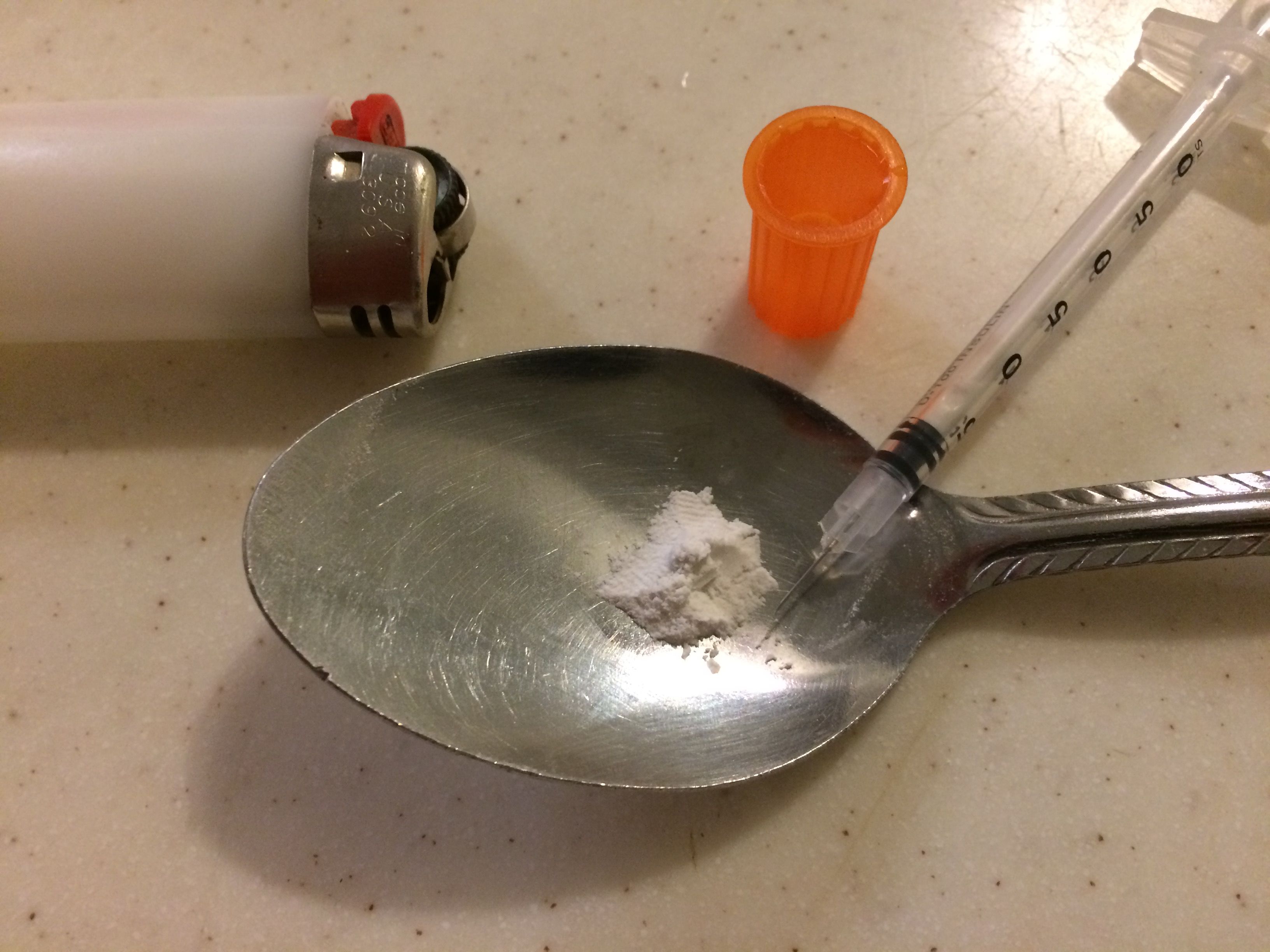Facts About Prescription Opioid Abuse (A note to Physicians)
drugs2
Source:(NIDA)
Prescription opioid addiction and abuse is a growing problem, with devastating consequences. Since 1999, sales of prescription opioids in the US has nearly quadrupled, while prescription opioid deaths already have. This correlation and others have not gone unnoticed, as medical agencies everywhere are making opioid abuse prevention a top priority. In 2015 almost 40% of Americans were using Prescription painkillers.
The Pressure To Prescribe
100 million people are estimated to suffer from chronic pain in the US, leaving providers with the sometimes daily challenge of mitigating patient risk vs. patient discomfort when prescribing opioids for pain relief. At times it may feel very difficult to make the right decision when it comes to a patients care. In 2015, 2 million Americans had a substance use disorder involving prescription pain relievers. From initial prescription to abuse many practitioners are familiar with the inherent qualities opioids possess that can easily contribute to patient abuse. Along with including feelings of euphoria and stress relief, these qualities include side effects such as tolerability (requiring an increase in dosing for similar effect) and withdrawal (when medication is stopped or withheld). Even when opioids are taken exactly as prescribed, some patients may still become addicted and not all patients take opioids as prescribed.
For example, patients may take more than one does at a time or pair their opioid medication with other medications that are contraindicated. Potential for abuse increases if patients have any common risk factors such as a history of mental illness or subtance abuse.
NEARLY HALF OF ALL U.S. OPIOID OVERDOSE DEATHS ARE DUE TO PRESCRIPTION OPIOIDS!!
WHAT PRESCRIBERS CAN DO TO HELP
As a prescriber, you have the ability to identify, address, and reduce prescription opioid abuse in your practice. Start by prescribing non-opioid pain relief whenever possible. If opioids appear necessary, begin with the lowest effective dosage. Check your state’s PDMP to monitor your patients prescribing activity to avoid greater risk of patient death. Don’t prescribe benzodiazepines along with opioids. Use the other resources available through search and rescue.
Copying/Pasting full texts is frowned upon by the community.
Some tips to share content and add value:
Repeated copy/paste posts could be considered spam. Spam is discouraged by the community, and may result in action from the cheetah bot.
Creative Commons: If you are posting content under a Creative Commons license, please attribute and link according to the specific license. If you are posting content under CC0 or Public Domain please consider noting that at the end of your post.
If you are actually the original author, please do reply to let us know!
Thank You!
Downvoting a post can decrease pending rewards and make it less visible. Common reasons:
Submit
Hi! I am a robot. I just upvoted you! I found similar content that readers might be interested in:
http://searchandrescueusa.org/opioid-abuse-facts/
Downvoting a post can decrease pending rewards and make it less visible. Common reasons:
Submit